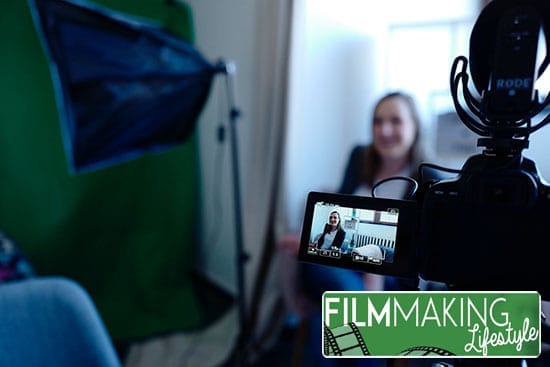Compared to cinematography, special effects, location, and casting, dialogue is often forgotten when discussing the key components of what makes a film work. If the dialogue is good it disappears into the storytelling, if it is bad it stands out and can ruin an entire film.
Gizmodo notes that effective dialogue should be able to reveal enough essential information about the movie characters without seeming fake and unnatural.
When making a film, scenes with long dialogue are often the hardest to make interesting. If the filmmakers get it wrong they could confuse or bore the audience. It is here that good direction is essential.
Opt For Simple Shots
Take the opening scene of the 2010 movie, The Social Network, where they were able to establish how they wanted to portray Facebook founder Mark Zuckerberg.
Writer Aaron Sorkin and director David Fincher famously timed the opening dialogue scene and got the actors to perform it at their own pace.
In order to keep the audience’s focus on the dialogue, Fincher opted to only use over the shoulder shots to shoot the actors when they were speaking.
We never see the two actors in the same frame for the entire sequence. It is a simple technique that works well for long dialogue scenes, as the filmmakers can really put emphasis on the words being spoken.
Use Your Surroundings To Your Advantage
… But make sure they don’t overpower your characters. A great example of this is the Richard Linklater film Before Sunrise. Brain Rowe in his guide to writing long scenes of dialogue describes the film as “two people talking for seventy-five minutes.” Yet the film works because the cinematography and script were both compelling.
As the scene below shows, Linklater was able to use the backdrop in the dialogue to create a naturalistic ambiance to the film that doesn’t feel forced.
Move Your Camera And Your Actors
Long conversations in film can quickly go stale, which is why it is important for a director to use the camera to move the scene along.
Going back to Aaron Sorkin, the writer is known in Hollywood for his walk and talk scenes – most famously demonstrated in the West Wing.
By having his characters move and talk at the same time, Sorkin is able to give what would have been a long drawn out dialogue scene a lot more pace. The movement automatically suggests urgency.
Don’t Take Blocking For Granted
No Film School notes that seasoned filmmakers can use blockin to talk to their audiences and foreshadow events.
The 1962 adaptation of Harper Lee’s novel, To Kill A Mockingbird does this effectively. Special Counsel explains how the book told the story of a small town attorney (Atticus Finch) who defends a black man in the racially charged surroundings of Alabama in the 1930s.
The film manages to capture the intensity of the closing argument from the book, in one shot. The shot keeps the attention purely on Atticus Finch with the rest of the court often out of focus.
This foreshadows how he has already lost the case and is completely alone against a courtroom that is united against him. As we’ve previously noted on Filmmaking Lifestyle, storyboarding is one of the simplest ways to make sure your blocking works.
Choose The Right Background Music
Music is one of the most effective weapons in a filmmaker’s arsenal. While many people often consider music essential to action or dramatic scenes, it is also just as effective for long dialogue scenes. It sets the mood and tone, not to mention adds to the impact of the dialogue.
In Before We Go, the two main characters have to say goodbye to each other after spending a day falling in love. The music mirrors the dialogue by starting off sad and ending upbeat and full of hope.
It is a simple tool that every filmmaker, no matter the budget, should employ, as it creates a stronger connection with the audience.
How To Make Long Dialogue More Interesting – Conclusion
As the above points show, the right combination of camera angles, musical scores, and blocking can make long dialogue scenes interesting and compelling.
Often it is just about thinking outside of the box and considering how the audience will react to a particular scene.


